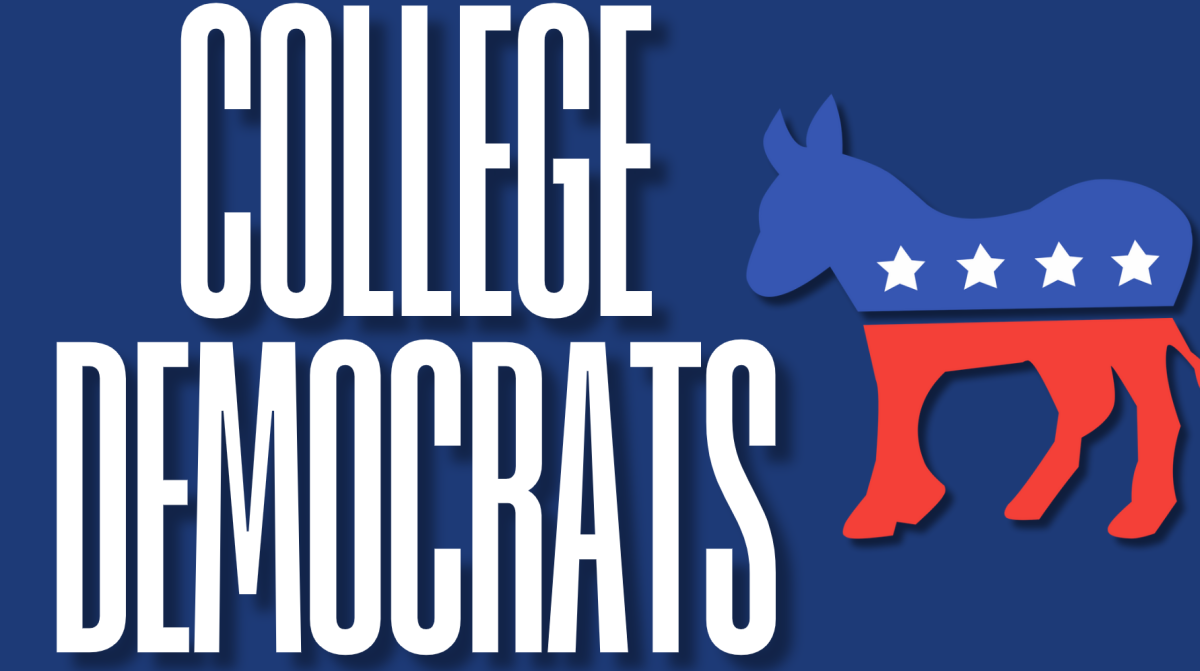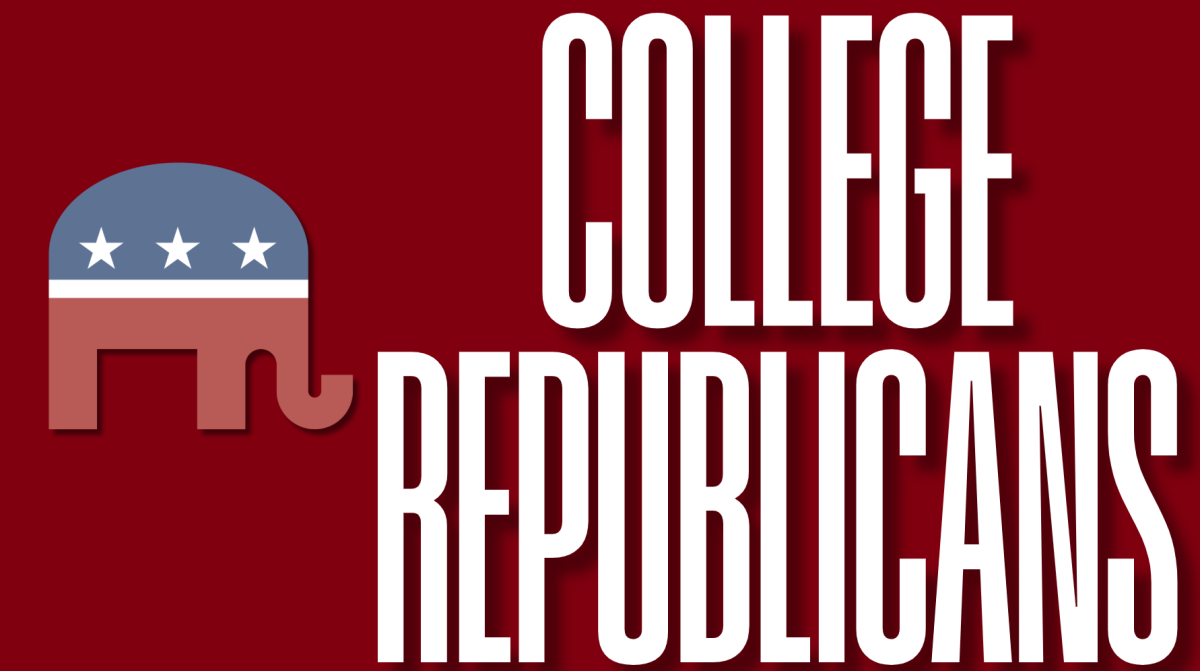By Christopher Canadeo

The death penalty is and has been one of the most polarizing policies of state government in the history of the United States. On Jan. 10, Dylann Roof was sentenced to death row for murdering nine people in a Charleston Church in 2015. His sentence has since sparked controversy over whether or not state governments should hold the right to exercise the death penalty. With 31 states in favor and 19 legally opposed, the United States is in some serious trouble.
This is so problematic because, contrary to the beliefs of those 31 state governments, the death penalty does more harm than good. Whether or not you morally believe that the government should have the power to take a life or not, the death penalty needs to be removed from the United States immediately. It provides false solutions to many of the problems we believe it solves, such as lowering crime, saving money and serving justice.
Many Americans, including government officials, believe that the death penalty is an effective tool to lower the crime rate on a state level. In an effort to combat the high crime rates of certain states such as Texas and Arkansas, state governments have adopted the death penalty as a viable solution. However, according to the Death Penalty Information Center, there is no correlation between states that exercise capital punishment and states that have a continuous decline in crime rate. Capital punishment is not a deterrent to capital crimes. In terms of lowering crime in the United States on a state level, the death penalty is neither a proper solution nor correct one.
Many Americans are also in support of the death penalty because they believe housing and feeding a victim on death row until their eventual death can be a costly affair for state governments. However, this is a grand misconception. According to the 2008 Report of the California Commission on the Fair Administration of Justice, “the additional cost of confining an inmate to death row is $90,000 per year per inmate. With California’s current death row population of 670, that accounts for $63.3 million annually.” That is right. The difference between life and death for those on death row in California is valued at a cost of 63.3 million dollars. Paying the overhead fees in prisons to keep death row inmates alive is more cost efficient than chopping off their heads.
Even with the knowledge of the murder rates in death penalty states, along with the knowledge of the finances required to execute a person, some people would still argue that the application of the death penalty is the proper way to handle a subject who is convicted of murder. However, what if the subject was penalized and sentenced to death row based off of misinformation or false pretenses? Or, even worse, what if a criminal was falsely executed and put to death for a crime that he or she did not even commit? In 2001, after studying every death penalty appeal from 1973-1975 Professor Liebman of Columbia University discovered, “…all the thousands of cases that had completed the appeals process, an astonishing 68% were found to contain errors so serious the guilt or sentencing trials had to be done over again.”
When a considerable amount of these cases went through a retrial, “Eighty-two percent of them ultimately resulted in a sentence of less than death when they were done over, correcting for the error of the first trial.” The scariest thing about Professor Liebman’s research is that an unbelievable seven percent of the defendants analyzed had absolutely nothing to do with the crime accused and were sentenced to death regardless. Isn’t one innocent person’s death sentence enough to completely shut down this government exercise? Capital punishment is killing innocent people and should not be allowed in the United States.
Finally, the United States judicial system believes that a persecuted person is innocent until proven guilty. The United States judicial system also believes that a person who was once found guilty can become innocent, and that they have the right to another trial if new and sufficient information is presented that would aid in altering the previous verdict. Why, then, does the United States allow the death penalty to completely exterminate a person’s potential to be proven innocent? If the government kills a person, that person no longer has the ability to seek his or her innocence. No new information could bring the deceased back to life.
The idea that capital punishment is beneficial to the United States of America is incorrect. Not only does the death penalty have no bearing on murder rates, but it also greatly increases state and national debt. State governments have also made the mistake of killing innocent lives, as well as ignoring a person’s civil right to fight for his or her innocence after proven guilty. The death penalty should be banned in every state, and those on death row should have their sentences altered to life without parole. Although the justification of the death penalty remains a controversial issue, it is a policy that simply does not work.
Christopher Canadeo, GSB ’19, is a marketing major from Long Island, New York.









































































































































































































